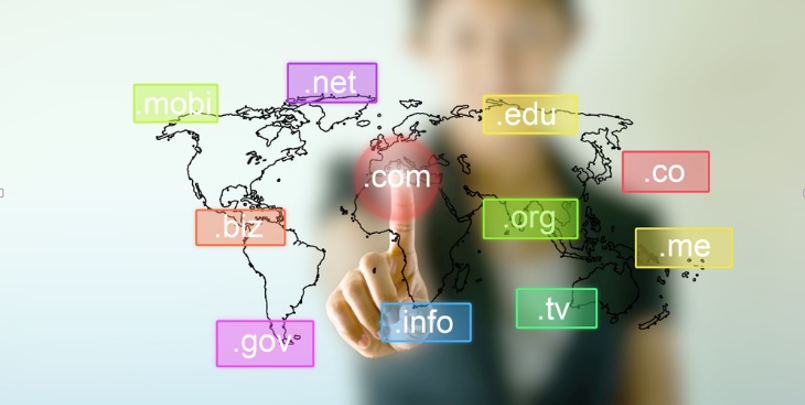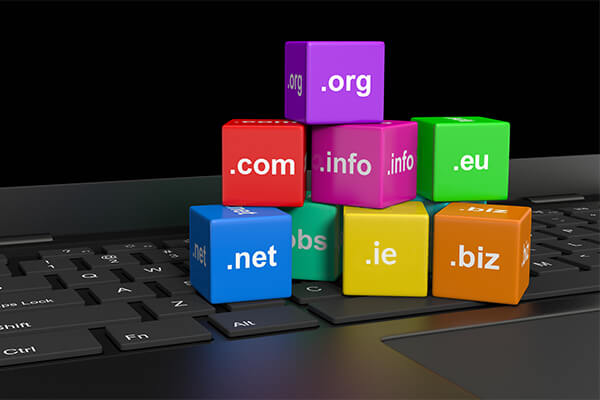This technology will see what people can’t.
If you haven’t been to an Amazon go store, it’s a convenience store with a big difference. Before you enter the first time, you register your credit card or Amazon account. In the store, software tracks you as you move and charges you for whatever you take, deducting what you put back. Like an Uber or Lyft, the purchase transaction is automatic when you leave.
There are a number of technologies that reportedly enable Amazon Go to work, including shelf scales and sensors. But arguably the most critical technology is computer vision. Computer vision is just what it sounds like: a camera is trained on a space and software analyzes what the camera picks up; the camera is the eyes and the software is the brain.
Sandeep Unni, Senior Director and Analyst at consulting firm Gartner’s retail advisory practice, told me computer vision “is one of the most significant technological steps in the last ten years and has fundamentally changed the scale of innovation.”
Amazon Go is just one example of the changes that computer vision technology will bring to retail and most of it is yet to come. We are only now at the beginning of the beginning of the impact that this technology will have.
What’s Next
The next step is to move from the store checkout back through the rest of the store and supply chain.
One of the most common ways that stores miss out on revenue is when managers don’t know shelves have run out of product that’s in boxes in the back. A camera supported by computer vision can watch shelves all day and automatically send alerts to restock.
Likewise, computer vision used in the back of a store can alert staff when product in storage isn’t where it should be. And the same is true in a giant distribution center. Computer vision can also observe and send a notice when an order is picked incorrectly.
Paige Waldron, Project Manager at supply chain expert Hy-Tek, said this technology “will change the face of everything that has a bar code. you eliminate all the barriers to setting up warehouses.”
Computer vision also frees up billions of dollars capital locked away in unproductive inventory that sits in the wrong location.
But Wait, There’s More
All of that technology is available today and is being tested, piloted and implemented. What’s not here yet is the use of the massive data that eventually comes from computer vision.
Imagine that you stood in one place in a retail store and watched consumers shop for a specific item or group of products. You’d be able to observe what attracts attention, what consumers look at, how they pick things up, what part of a package they focus on and, if you stand there long enough, you’d understand why some products get bought and others don’t.
I am told that of all consumer products on shelves, Jameson Whiskey gets put back on the shelf less than any other product, consumers who pick it up buy it. Conversely, ice cream is taken out of the freezer, looked at and put back about 30% of the time. All manufacturers would like to know what the “putback rate” of their products are and understand why consumers do what they do.
Computer vision can answer all those questions and unlock meaningful product and marketing changes. With computer vision, the camera and software do the dirty work, standing vigil all day and getting manufacturers the information they neeed.
As Will Glaser, CEO and Founder of cashierless checkout company Grabango told me, “It saves money, it saves time, it improves supply chain.”
What’s holding that up is that computers are not as smart as they often seem. In order for software to understand the images it sees, it has to be trained. For that, it needs many images, millions of them, and that can take a long time to access.
Over time, the many images are what enables software to learn what it’s seeing, draw conclusions and make the recommendations retailers need.
That’s where the technology is now. We are seeing real benefit from computer vision, like Amazon Go and other checkout technology. But the software for deeper analysis is still learning, accumulating images, getting what humans think of as “experience” and “learning” and what computer scientists call a big enough “data lake.” It’s likely going to take years before the benefits from this process will be realized.
You might think it sounds creepy and no one will want to go into a store where they know they’re being watched. Maybe, but you already know that almost every public space is now on video. People have grown accustomed to every online browser movement being monitored. Odds are that consumers are going to get used to this too.
Using computer vision to analyze how consumers behave in stores will allow retailers to have the data about behavior they can only get now from their online stores. Unni of Gartner says computer vision will facilitate “opportunities that are barely scratching the surface right now.”
Every kind of retailer is working on it. When I asked Kate Fannin, Executive Director of Consumer Retail Experience at Estee Lauder about it, she said, “there are data capture elements that are absolutely happening and we will continue to enhance those.”
Even after all of the software is built to do all this, there will still be opportunities and future horizons for computer vision. Sarah Chung, CEO of Landing International which helps beauty brands leverage technology, says “you can track consumers’ behavior, but you don’t know why” they do what they do. After software has tackled the creation of big data lakes to understand human behavior and how to improve stores, there will still be more understanding of behavior for science and retailers to learn.
All of this is just beginning but the tipping point for computer vision has been reached. The next few years will reveal the massive changes computer vision will bring to retailers and consumers enabling stores to do much more than they ever have before.






